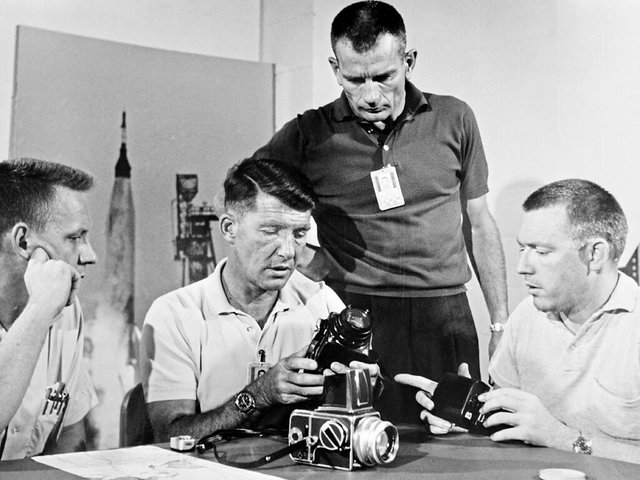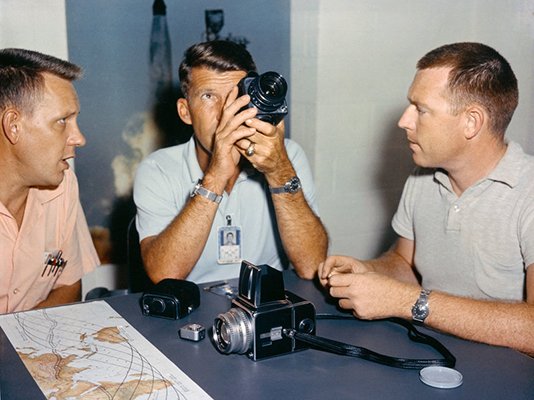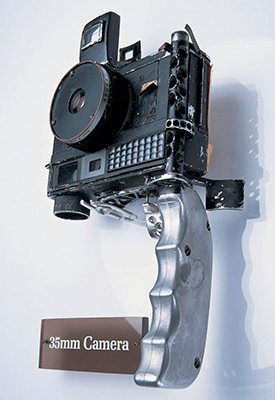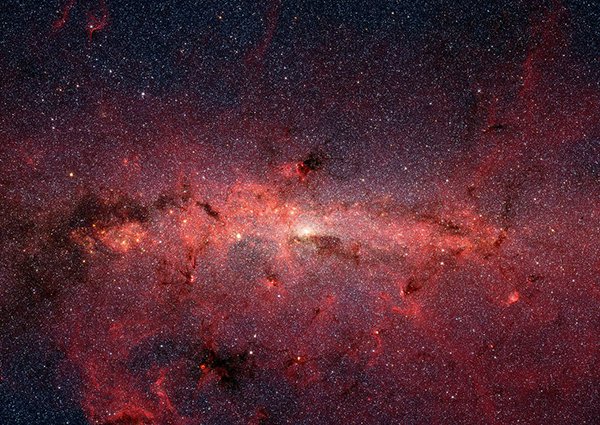Photography and Space Exploration

The importance of photography in spacial discovery
Technologically, we humans have evolved substantially since the industrial revolution.
In the past century we have managed to use the result of this evolution to accomplish things we once never thought possible.
Being myself fascinated by the stars, galaxies and by photography I wanted to address this article to the enormous importance of photography and film in the study and discovery of the universe.
On the 3rdof October 1962, a Hasselblad would find itself among the payload of the Mercury Mission Sigma 7 on an Atlas rocket. The camera was submitted to a lot of modifications achieved by the NASA engineers to adapt it to the rough conditions met in the outer space.
On board the astronaut Walter (Wally) Schirra that would later use the 70 expositions available on his new modified Hasselblad. However the first color photograph was taken by John Glenn using a Minolta (named Chiyoda Kogaku Seiko at the time) Hi-Matic, a $40 35mm camera on the Friendship 7 mission on the 20th of February 1962. Later the western world would see the first photos taken on the moon surface by Louis Armstrong on the iconic Apollo 11 mission. Hasselblad cameras kept on being modified and used on space and moon missions, right now there are 12 cameras on the surface of the moon that we're left from previous expeditions occuring between 1969 and 1972.
Ben Conrad - Apollo 12

Walter Schirra and the Hasselblad 500C

John Glenn's Minolta Hi-Matic These cameras did not only allow us to discover images of space but also to visualize for the first time how our planet looks like seen from above. Nonetheless, these photographs and films played another more important role, they were used by engineers to observe the rocket's behavior under the most critical circunstances. This allowed them to study the major issues and flaws in order to improve and reach the state where the rockets find themselves right now. NASA did even extend the observation of the launches from earth using a Recording Optical Tracking Instrument (aka ROTI) that can go up to 12,700mm of focal length. This resulted in having the means to record footage tanking place five minutes after the rockets had been launched from the surface of the earth.
The first known attempt at astronomical photography in 1839 by Louis Jacques Mandé Daguerre who attempted to photograph the Moon. Since then mankind has had the opportunity to see pictures of the moon, eclipses, planets, other bizarre elements present in our galaxy and even the Milky Way, the name give to the galaxy our solar system resides in.

Milky Way's Center
Posted from my blog with SteemPress : https://joaocarlosphoto.com/photography-and-space-exploration/